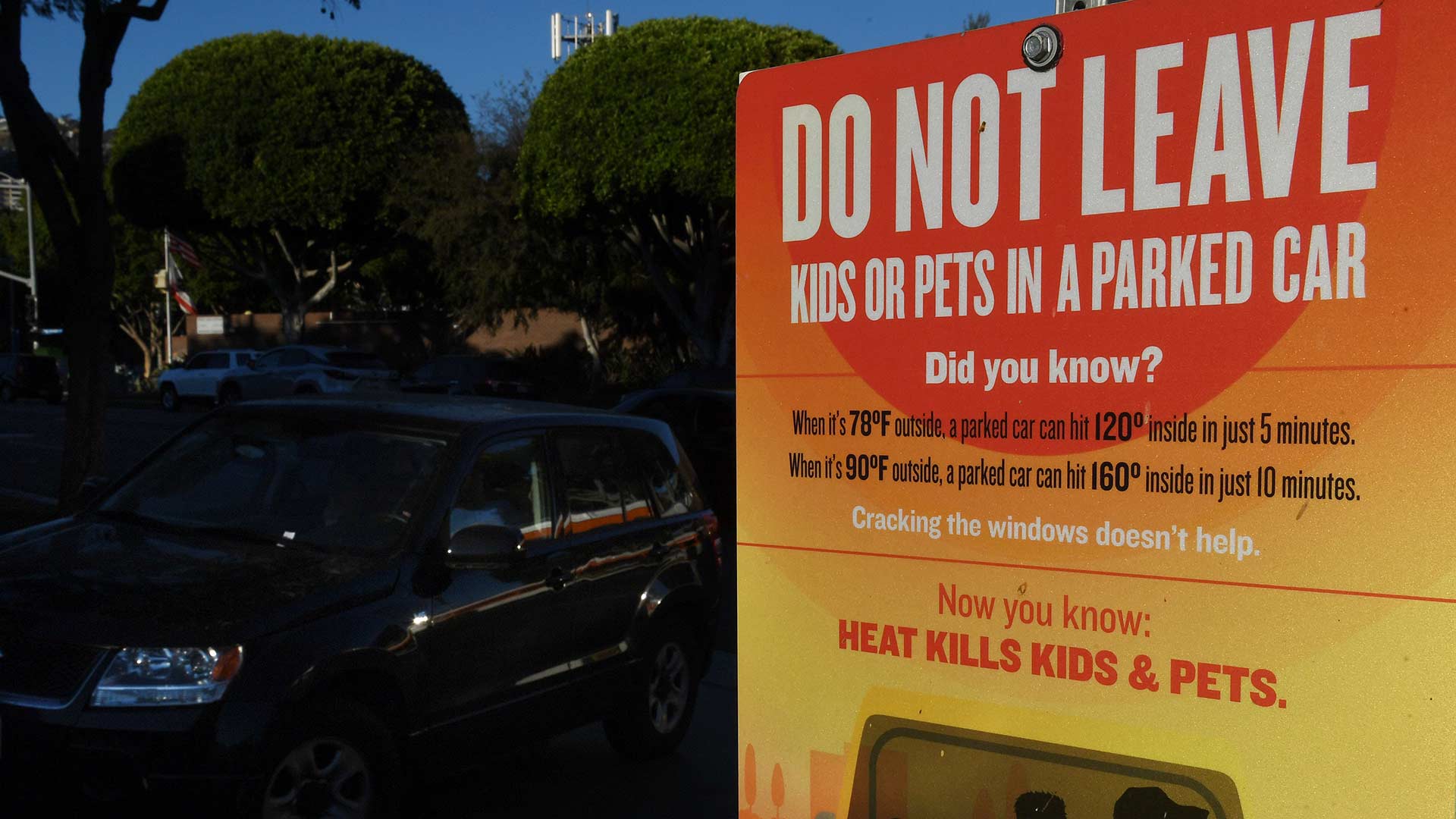

According to recent reports, the mortality rate of pediatric heat strokes due to being left in a hot car is on the rise this year. Jan Null, a meteorologist with the Department of Meteorology & Climate Science at San Jose State University has spent here career researching and tracking the death rates of children left in hot cars and her finding’s this year are concerning to say the least.
Although PSAs regarding leaving children in hot cars are on the rise, so are the death tolls. According to Jan, 29 children have fallen victim to being left in a hot car and 11 alone this past week. Obviously these numbers rise during the summer months but eleven? That number, actually any number, is completely unacceptable and we should do everything in our power to reduce it.
There are several actions we can take and the first raise awareness and encourage observation. The more people heighten their awareness, the better they can catch these incidents before it is too late. You see all over the news how Police Officers or good Samaritans notice a child in a hot car and take action. Well, the more we observe, the more times we can intervene before it is too late. We are not encouraging you to go and poke around every single car in the lot, rather keep your head up and ears peeled for anything suspicious. For example, a child or any human in a hot car will begin to perspire, since the car is close to a fully sealed environment, the moisture of the sweat can cause and increase in humidity and fog up the windows. If you see foggy windows, investigate further. Another thing one can do is keep their ears peeled for crying, if you hear crying, that is obviously a bad sign (well good sign for first responders, but you get the point).
The next thing we can do to reduce these tragedies in understand the cause of them. Aside from the obvious fact that cars get hot in the summer, we should all understand why kids are especially susceptible. Just like their size, children’s nervous system is not fully developed thus they have difficulty controlling their body temperature and hydration. If a child is dehydrated or already suffering from heat stroke, they will not be able to sweat, making it harder for them to dissipate heat. In fact, children can overheat five times fasterthan an adult. Once the child overheats, heat stroke will set in, damaging their heart, kidneys and brain. Many pediatric patient’s begin seizing just like when the seize due to a high fever. Eventually the child can go unconscious and into respiratory and subsequently cardiac arrest. Even in the child is revived, serious damage will likely have occurred to the child already. Knowing this and spreading this information can only help reduce such terrible incidents. Unfortunately, a lot of people are uninformed and feel leaving their child for ten minutes is okay.
Having a child is not a game and leaving them in the car is not an option. If you can’t bring them with you, find a babysitter or just don’t go. A hot car is no place for a child.